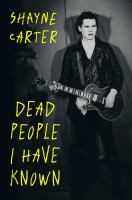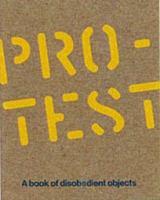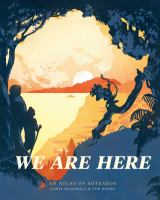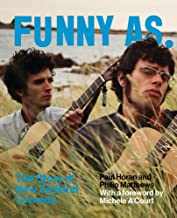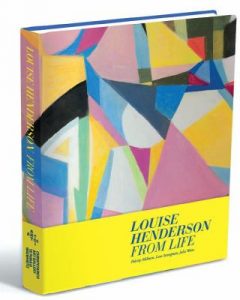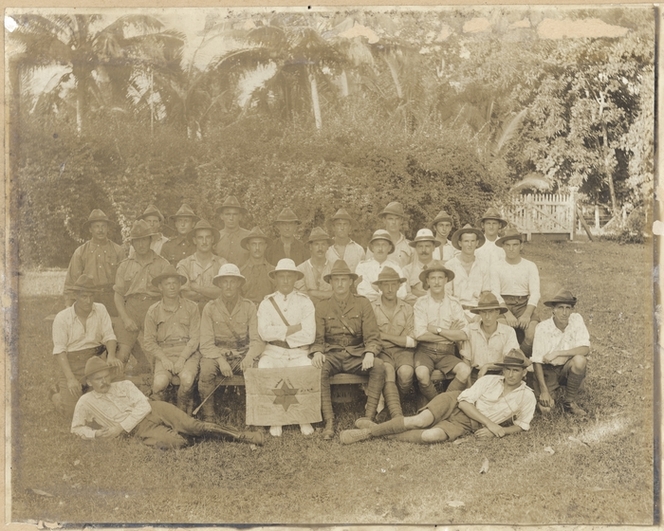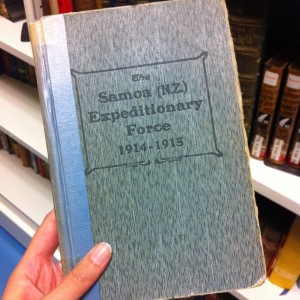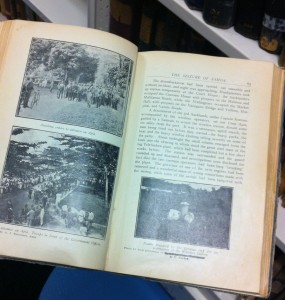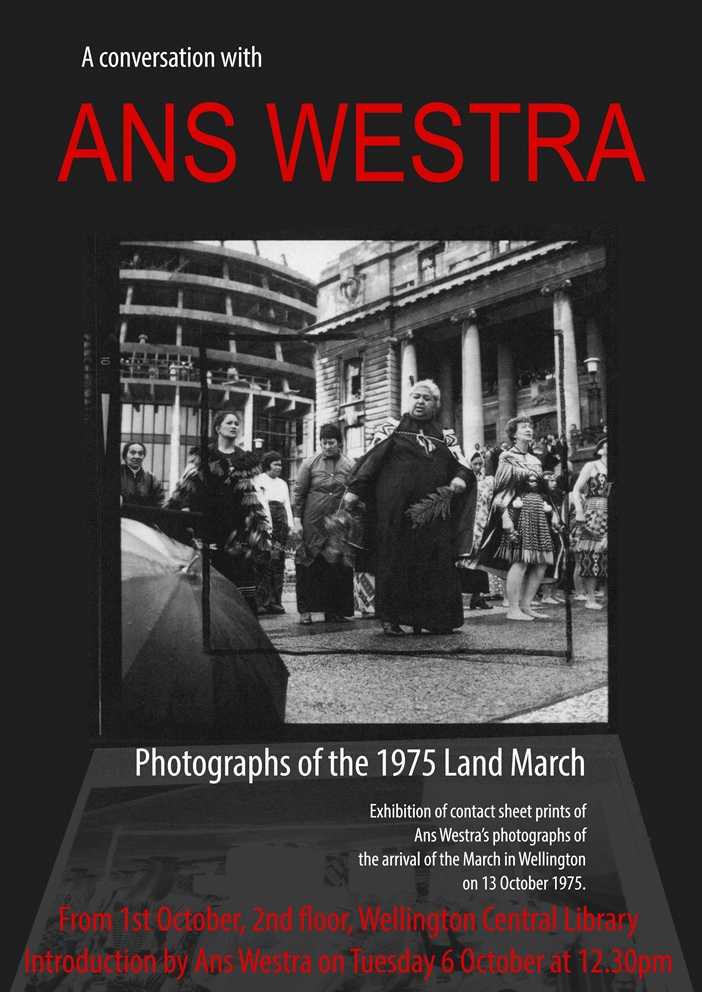At this point in history we are lucky to be able to travel freely within New Zealand and the bubble countries. So what about also taking your mind on a journey with these travel books?
Also there are a few links to the world’s famous destinations, which you can virtually visit. Click on the links to these destinations you may not previously have been to, are now free, so sit back and enjoy.
Disneyland, Blenheim Palace, Museum Du Louvre, Taj Mahal, and the Roman Colosseum.
 RV travel lifestyle.
RV travel lifestyle.
“RV Travel Lifestyle, New Zealand’s longest-running NZ-owned motorhome travel publication. We visit NZ’s most beautiful spots north to south from Cape Reinga to Stewart Island and everywhere in between. Hire or buy an RV for an amazing way to explore our pristine and often wild places. We visit cycleways, historic and cultural sites, stunning beach and mountain destinations to inspire our readers.” (Catalogue)
 North & south.
North & south.
“North & South is New Zealand’s premier monthly current affairs and lifestyle magazine, specialising in long-form investigative journalism, delivered by award-winning writers and photographers. North & South also showcases New Zealand ingenuity and creativity, explores the country and profiles its people. It is a touchstone of New Zealand life.” (Catalogue)
The lord of the rings location guidebook / Brodie, Ian
“Since the first screening of The Lord of the Rings: The Fellowship of the Ring in 2001, New Zealand has become the embodiment of Middle-earth to millions of movie-goers and Tolkien readers the world over.This definitive full-colour guidebook showcases the principal movie set locations around New Zealand as seen in all three films.” (Adapted from catalogue)
Surf dreams : New Zealand surf culture / Morrison, Derek
“This book presents 15 major surfing communities and those who live there and who live to surf (Ahipara, Tutukaka, Piha, Whangamata, Mt Maunganui, Raglan, Taranaki, Gisborne, Lyall Bay, Kaikoura, Westport, Greymouth, Sumner, Dunedin, Riverton). The characters, the competitions, the breaks, the communities, the dream lifestyles”–Publisher information.” (Adapted from catalogue)
Gourmet trails : Australia & New Zealand.
“This book is perfect for travel enthusiasts and foodies. Each trail features a blend of food producers, farmers markets, restaurants and cafes, wineries and breweries, all combining to create a weekend-long itinerary that is not only a delicious taste experience but also shines a light on local food culture, specialties and traditions. It includes detailed itineraries recommending the most interesting stops, the best places to stay and, of course, where to eat along 40 weekend-long trails.” (Adapted from catalogue)
Behind Winery Doors : Marlborough & Nelson New Zealand
“Features 45 of Marlborough and Nelson’s leading vineyards including maps of the region. Each vineyard is captured in photographs, memorabilia, sketches and where appropriate, press clippings, along with information about their history, how they came to the name and logo, and what they proudly produce.” (Catalogue)
4WD North Island : 102 off road adventures / Cockroft, Andy
“This book covers a wide variety of 4WD tracks (some of them very tough indeed). It includes a free CD which has photos taken all along the routes and details for the GPS user. The author, Andy Cockroft, is very well known and active in 4WD circles.” (Adapted from catalogue)
Our delicious adventure : recipes and stories of food and travel / Grover, Jane V.
“Yearning to break with the routine of the everyday, Jane Grover and her family – fisherman husband Mr G and their brave teens – spent a season exploring Australia’s southern coastline from Sydney to Perth and recorded their adventures in delicious, juicy detail. Enjoying the simple life, they camped under the stars, fished for dinner and cooked on campfires on the beach as they took on this beautiful country. Join her as she gathers cockles on the Fleurieu Peninsula, nets blue swimmer crabs in Streaky Bay, savours local raspberries from the Albany Farmers’ Market and eats freshly shucked oysters from the shoreline of Bruny Island in Tasmania.” (Adapted from catalogue)


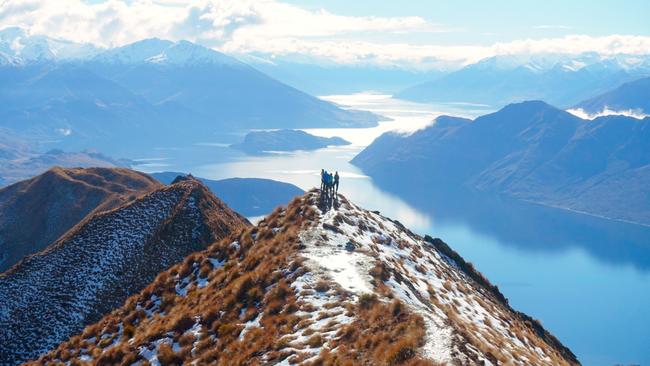

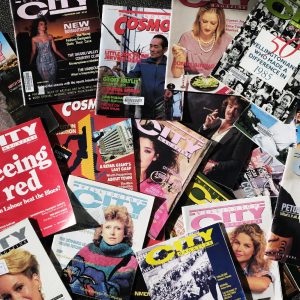
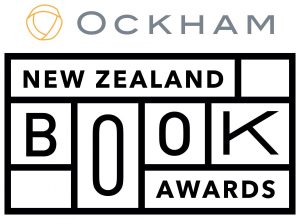 Last week we profiled the
Last week we profiled the 